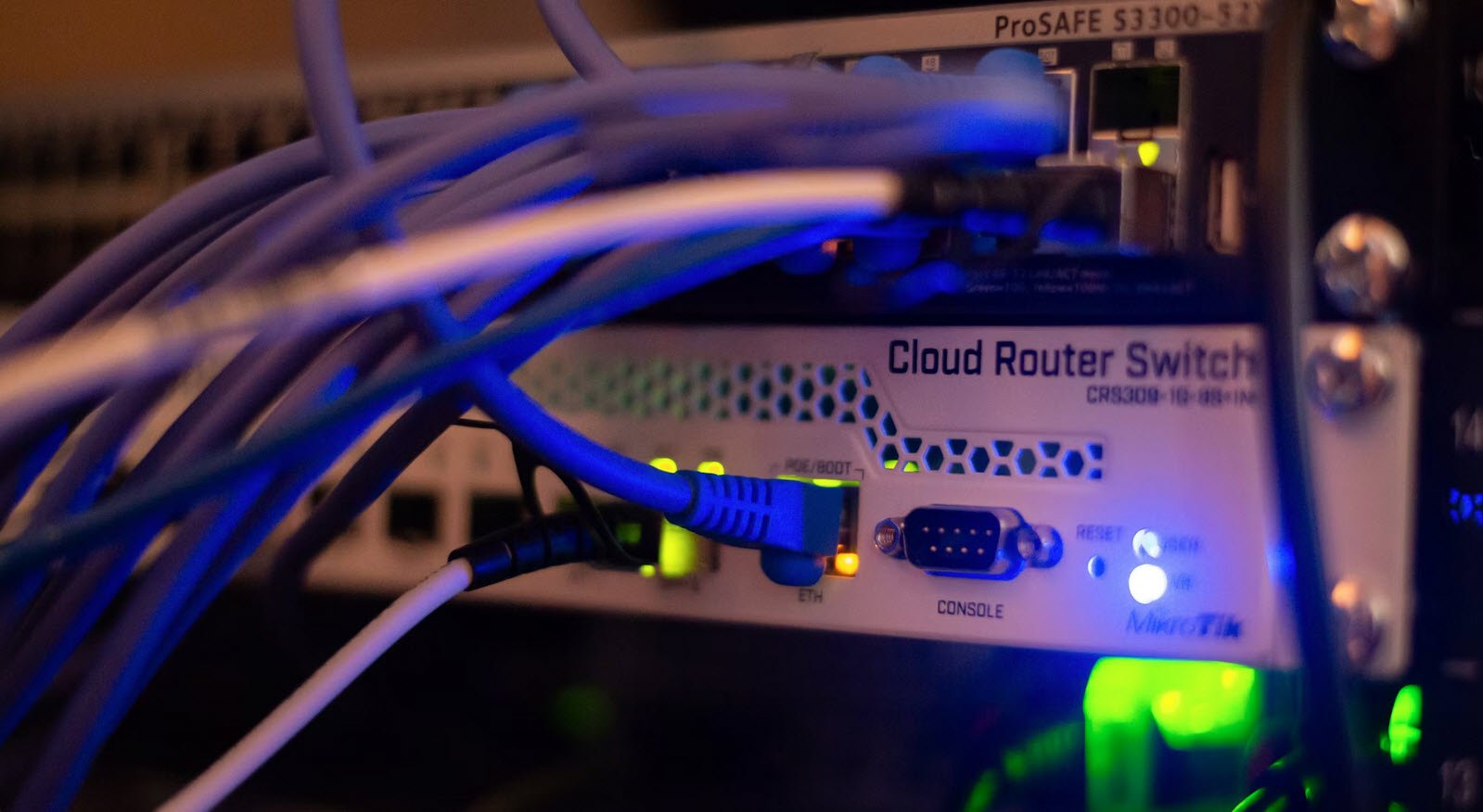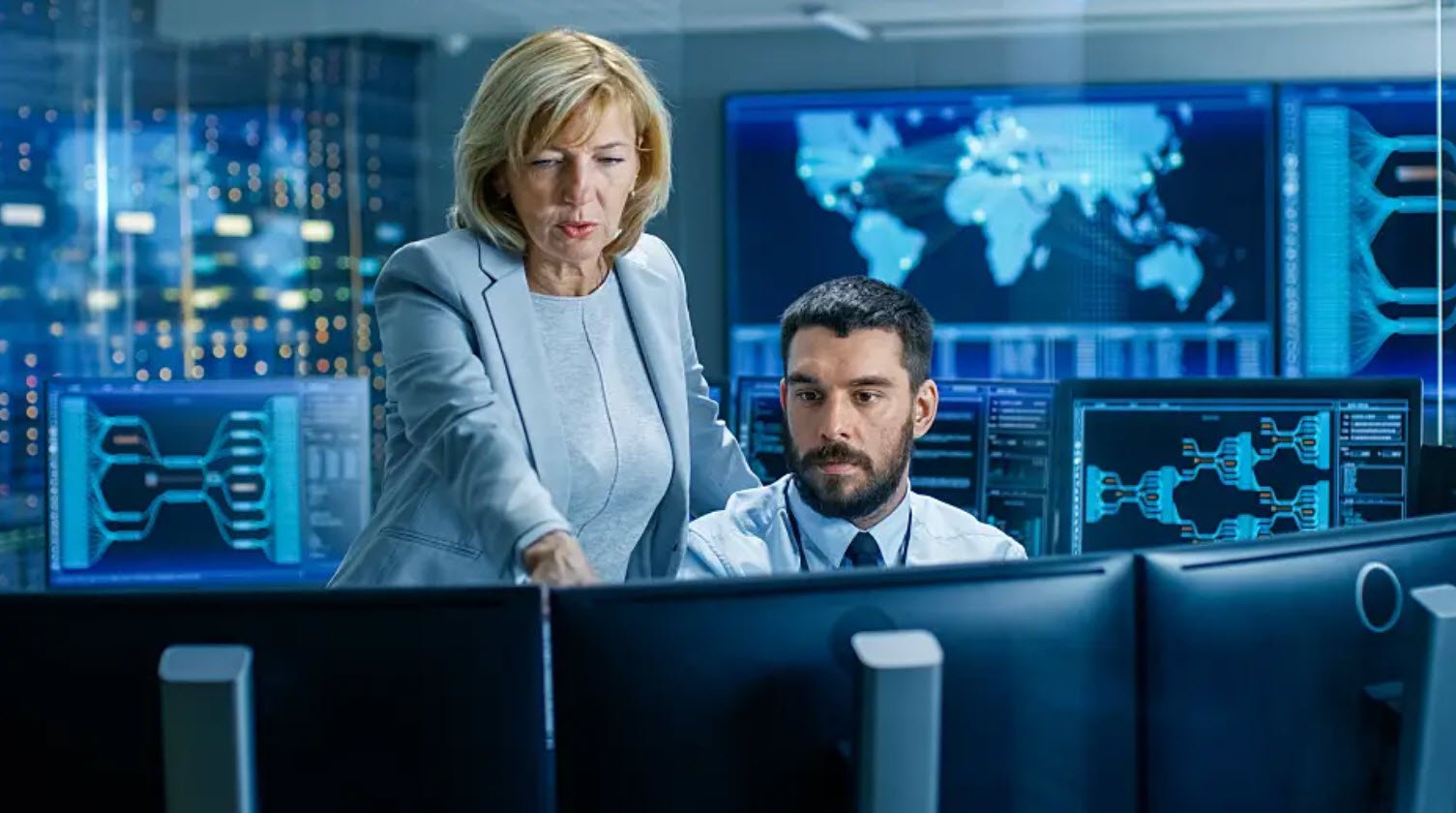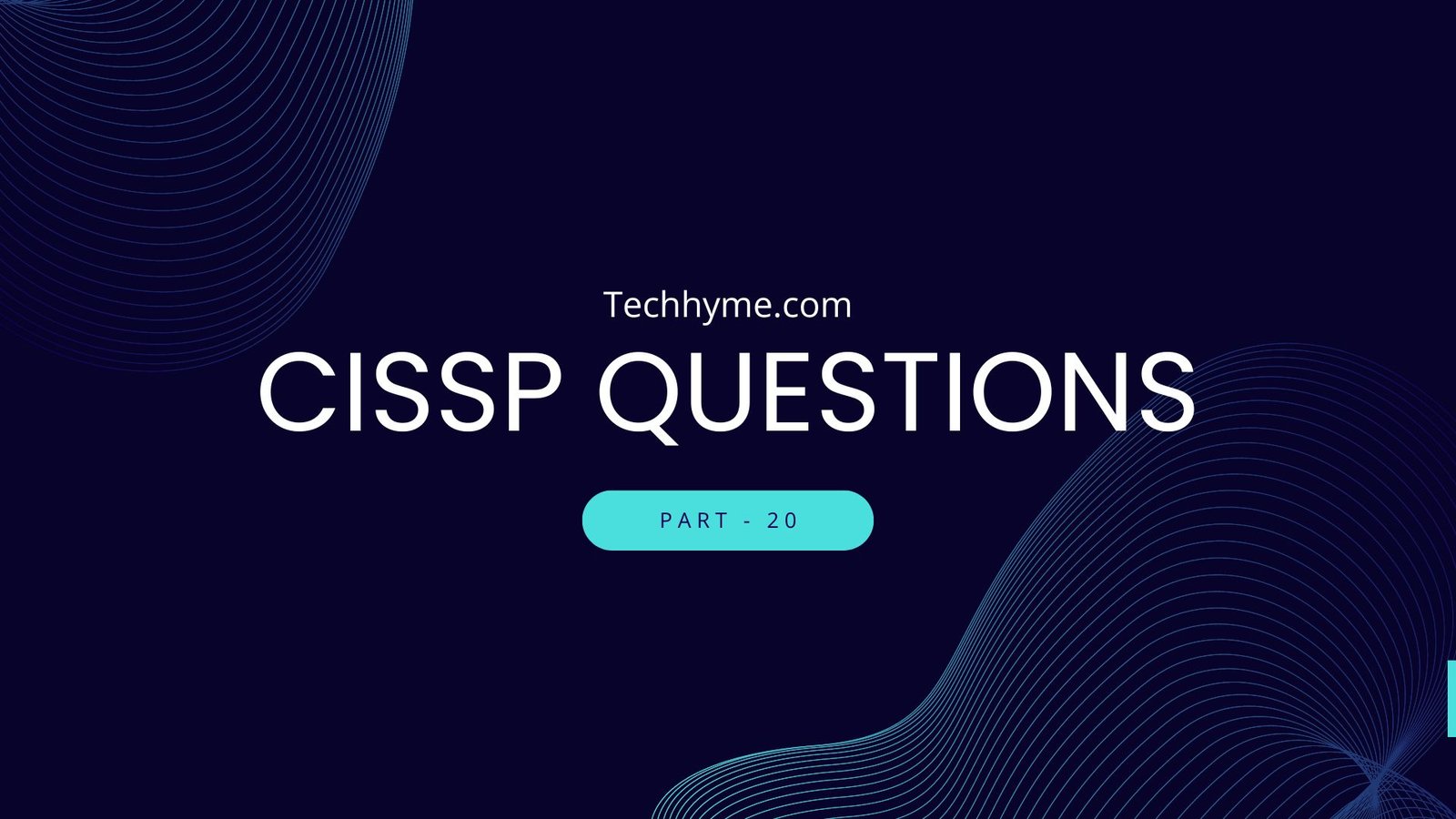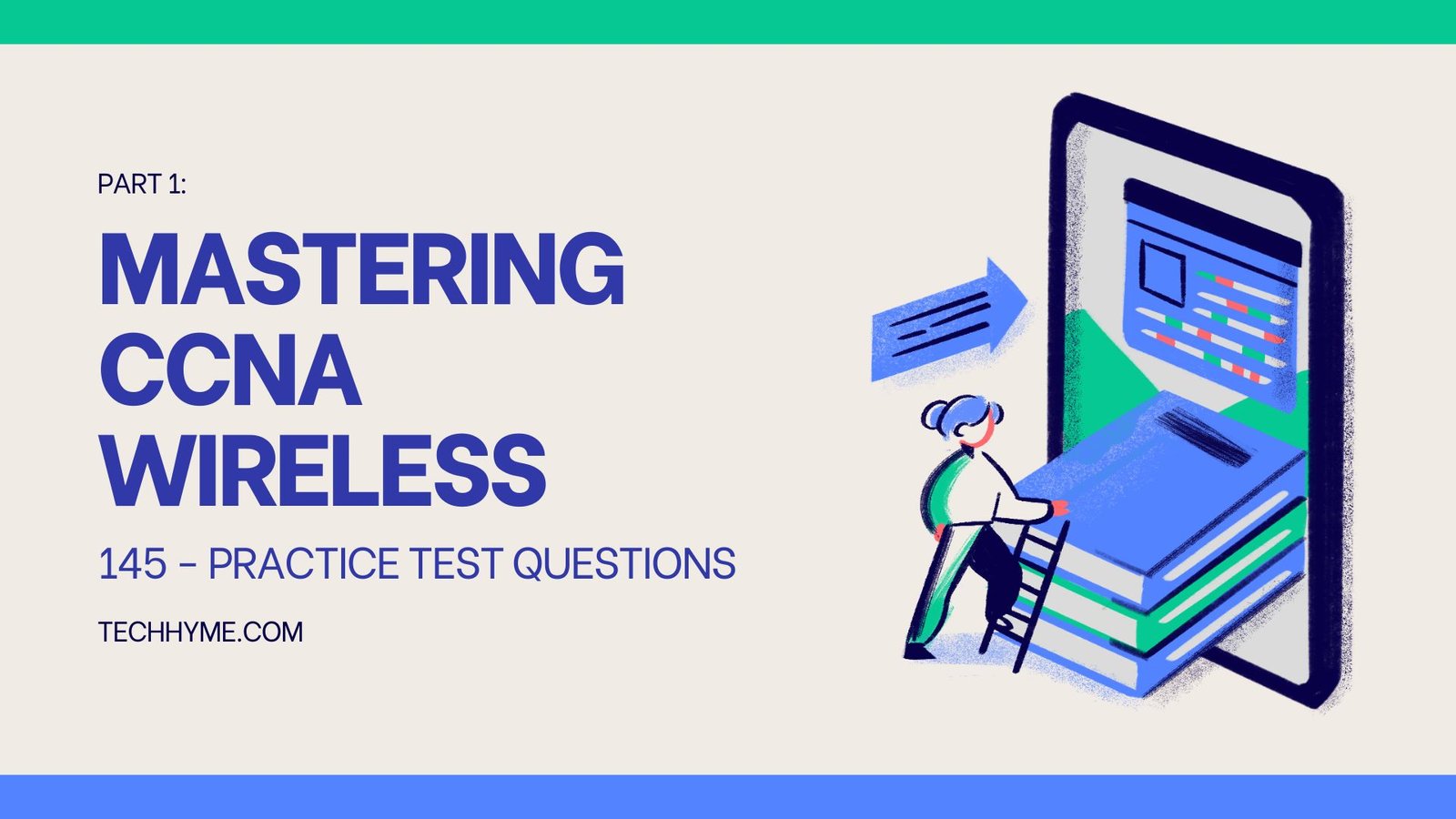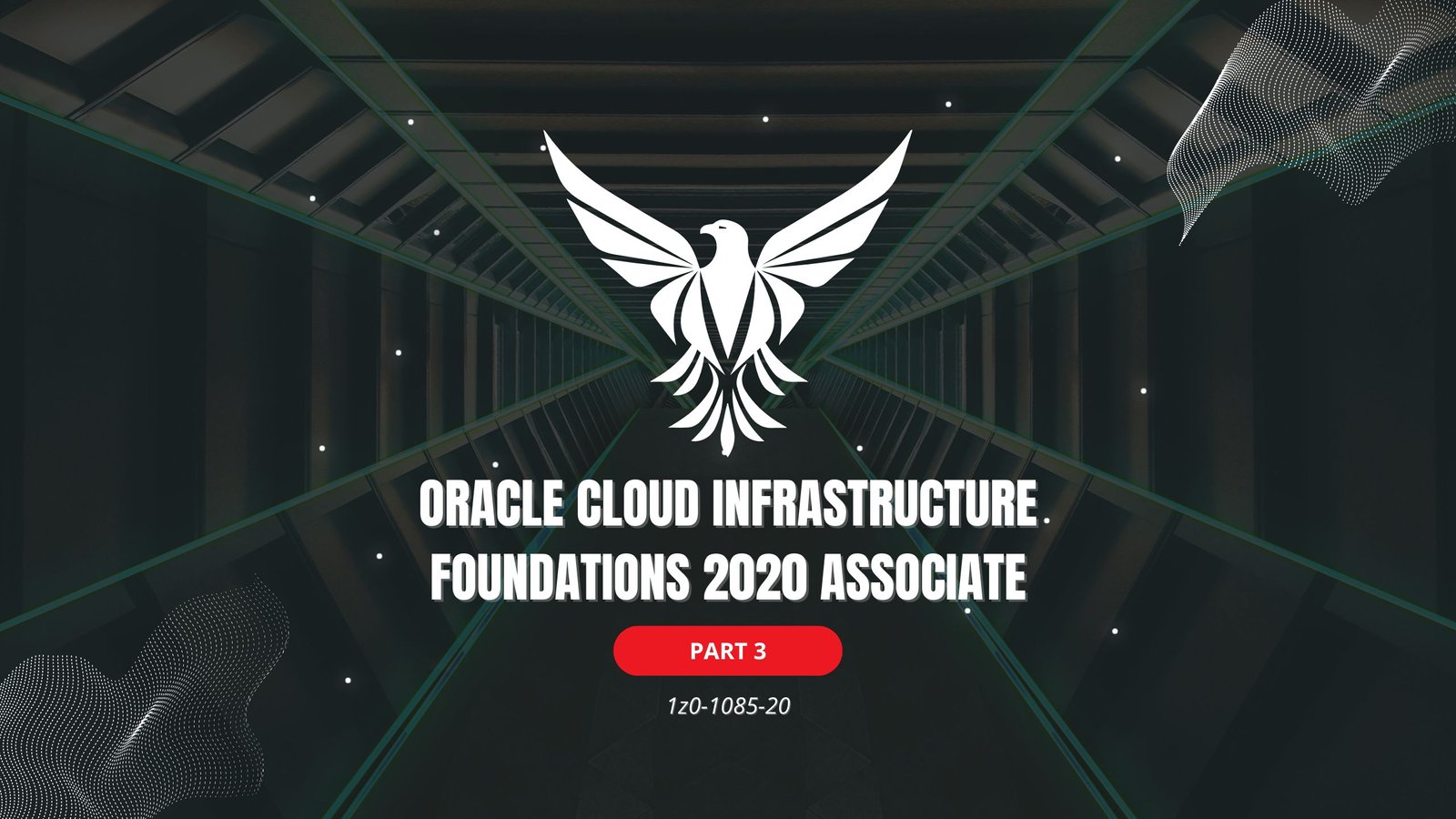
The CCIE Certification is the highest level of achievement for network professionals, certifying an individual as an expert or master. Cisco Systems has since become an unrivaled worldwide leader in networking for the Internet. Its networking solutions can easily connect users who work from diverse devices on disparate networks. Cisco products make it simple for people to access and transfer information without regard to differences in time, place, or platform.
The below listed questions are intended to help you continue on your exciting path toward obtaining your CCIE (Cisco Certified Internetwork Expert) certification. Before looking these questions, it is important to know the basic concepts of CCNA and CCNP.
- Cisco Certified Internetwork Expert – CCIE – Part 1
- Cisco Certified Internetwork Expert – CCIE – Part 2
- Cisco Certified Internetwork Expert – CCIE – Part 3
- Cisco Certified Internetwork Expert – CCIE – Part 4
- Cisco Certified Internetwork Expert – CCIE – Part 5
- Cisco Certified Internetwork Expert – CCIE – Part 6
- Cisco Certified Internetwork Expert – CCIE – Part 7
- Cisco Certified Internetwork Expert – CCIE – Part 8
- Cisco Certified Internetwork Expert – CCIE – Part 9
- Cisco Certified Internetwork Expert – CCIE – Part 10
- Cisco Certified Internetwork Expert – CCIE – Part 11
- Cisco Certified Internetwork Expert – CCIE – Part 12
- Cisco Certified Internetwork Expert – CCIE – Part 13
- Cisco Certified Internetwork Expert – CCIE – Part 14
- Cisco Certified Internetwork Expert – CCIE – Part 15
- Cisco Certified Internetwork Expert – CCIE – Part 16
- Cisco Certified Internetwork Expert – CCIE – Part 17
- Cisco Certified Internetwork Expert – CCIE – Part 18
- Cisco Certified Internetwork Expert – CCIE – Part 19
These articles covers everything you need to pass the CCIE Routing and Switching written exam. Each article contains a set of testing questions along with their answer and explanation.
This article covers: Technology information regarding ATM and how to configure it in your network.
1. What is the primary function of the LAN Emulation Server (LES)?
- To provide the IP address for the ELAN the LEC is attempting to connect to
- To provide the initial configuration data for each connecting LEC
- To function as the director of all LEC functionality
- To configure all the emulated LANs on the network
Answer – C
Explanation – The LES acts as traffic control for all LECs connecting to the emulated LAN, providing the address resolution, registration, and broadcast and unknown server information that guides communication among LECs.
2. What is the primary function of the BUS?
- To distribute multicast data to all LECs
- To distribute unicast data
- To interface to the emulated LAN
- All of the above
- None of the above
Answer – D
Explanation – One of the main functions of a BUS is to broadcast data from an LEC, until the destination ATM address has been leaned (and added to the LES).
3. What is the primary function of the LAN Emulation Configuration Server (LECS)?
- To support configuration for the LES addresses and their corresponding LANE identifiers
- To provide address registration for the LECs
- To configure all the emulated LANs on the network
- To support the driver interface for high-level applications
Answer – B
Explanation – One of the main functions of the LECS is to inform an LEC about the ATM address of the LES.
4. What type of request is sent by the LEC to the BUS?
- uses ILMI
- LE_CONFIGURE_REQUEST
- LE_ARP_REQUEST
- LE_JOIN_REQUEST
Answer – C
Explanation – The LE_ARP_REQUEST is used by the LEC to connect to the BUS.
5. What is the well-known PVC that the LEC uses for connections?
- PVC 0/18
- PVC 0/71
- PVC 0/16
- PVC 0/17
Answer – D
Explanation – LECs use PVC 0/17 for connections.
6. What type of connection is set up between the LEC and the LES?
- Bidirectional connection
- Point-to-point connection
- Bidirectional multipoint-to-point connection
- Broadcast connectionless
Answer – A
Explanation – The LEC and LES use a bidirectional connection to communicate.
7. Which two statements are true regarding LAN emulation components?
- The BUS is responsible for handling both broadcasts and multicasts.
- The BUS registers and resolves all MAC addresses to ATM addresses using the LANE address resolution protocol.
- When a device on the ELAN has data to send to another device on the ELAN, the sender requests the ATM address of the destination from the BUS.
- The LES manages the stations that make up the ELAN.
Answer – A, D
Explanation – LANE is used to put ATM on a broadcast LAN. The BUS provides the broadcast and the LES manages the stations that make up the ELAN.
8. What type of transport does ATM use to send data through an internework?
- Cell
- Token
- Packet
- A combination of tokens and packets
Answer – A
Explanation – ATM uses 53-byte cells instead of packets.
9. Once an LEC has established the ATM address of another LEC (via the LES) using an LE_ARP, what type of VCC is used to contact the LEC?
- Point-to-multipoint control distribute VCC
- Point-to-point control direct VCC
- Point-to-point data direct VCC
- Multicast forward VCC
Answer – C
Explanation – After the establishment from LEC to LEC, the network is now considered a point-to-point direct VCC.
10. What media types can use ATM LANE?
- Token Ring
- Ethernet
- ATM
- All of the above
- None of the above
Answer – D
Explanation – LANE allows the point-to-point ATM network to communicate on a broadcast-based LAN.
11. Which two of the following are not functions of the LEC?
- Control
- Data forwarding
- Address resolution
- ELAN assignment
Answer – A, D
Explanation – The LEC provides data forwarding and addresses resolution.
12. How many bytes long is an ATM cell?
- 45
- 48
- 52
- 53
- 64
Answer – D
Explanation – An ATM cell is 53 bytes long.
13. At what layer of the OSI Reference Model is ATM defined?
- Layers 2 and 3
- Layers 3 and 4
- Layers 4 and 5
- Data-link layer
- Layers 1 and 2
Answer – E
Explanation – ATM is a lower layer protocol stack only.
14. What is a VCI?
- Virtual Circuit Identifier
- Virtual Channel Identifier
- Virtual Connection Integration
- Both A and B
- Both A and C
Answer – D
Explanation – An ATM VCI is identified as both a Virtual Circuit Identifier and a Virtual Channel Identifier.
15. What is the ATM layer accountable for?
- Multiplexing and demultiplexing ATM cells from different virtual connections
- Cell delineation
- Transmission frame generation and recovery
- Header error control
Answer – A
Explanation – The ATM layer in the ATM stack takes different virtual connections and multiplexes them.
16. How many ELANs can a single LEC belong to?
- Any amount configured
- 5
- 1
- None
- 10
Answer – C
Explanation – A single LEC can only belong to one LANE at a time.
17. How does the LEC query the LECS?
- It sends an LE_CONFIGURE_REQUEST to the LES.
- It sends an LE_CONFIGURE_REQUEST to the LECS.
- It sends an LE_CONFIGURE_RESPONSE to the BUS.
- It sends an LE_ARP_REQUEST to the LES.
Answer – B
Explanation – An LE_CONFIGURE_REQUEST is used for the LEC to query the LECS.
18. What does the address 0xFFFFFFFF do?
- It is a request for the location of the BUS from the LEC.
- It is the broadcast address.
- Both A and B
- None of the above
Answer – C
Explanation – 0x says the next characters are in hex. All F characters in hex is a broadcast.
19. What does the LEC do when it has resolution of another LEC?
- Request another address for the BUS
- Request a data direct VCC
- Flushes the multicast forward VCC
- Both B and C
- Both A and B
Answer – B
Explanation – If two LEC need to communicate, they open a VCC.
20. What routers in the Cisco series can implement LANE?
- Cisco 2500, 2510 and 2511
- Cisco 5000 and 5500
- Cisco 4700 and 4500
- Cisco 8000 and 8001
Answer – C
Explanation – Cisco 4×00 series and higher can implement LANE.
- 80 Most Important Network Fundamentals Questions With Answers
- 100 Most Important SOC Analyst Interview Questions
- Top 40 Cyber Security Questions and Answers
- Top 10 React JS Interview Theory Questions and Answers
- CISSP – Practice Test Questions – 2024 – Set 20 (53 Questions)
- Part 2: Exploring Deeper into CCNA – Wireless (145 Practice Test Questions)
- Part 1: Mastering CCNA – Wireless (145 Practice Test Questions)
- [1z0-1085-20] Oracle Cloud Infrastructure Foundations 2020 Associate MCQ Questions – Part 3
- [1z0-1085-20] Oracle Cloud Infrastructure Foundations 2020 Associate MCQ Questions – Part 2
- [1z0-1085-20] Oracle Cloud Infrastructure Foundations 2020 Associate MCQ Questions – Part 1

